The Importance of Deep Conditioning Treatments for Hair Repair | |
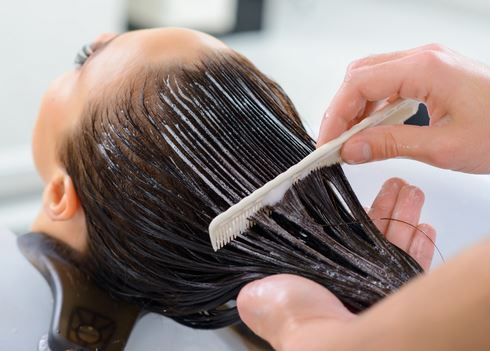
| |
Having healthy and beautiful hair is a goal for many people. However, due to various factors such as pollution, heat styling, and chemical treatments, our hair can become damaged, dry, and lackluster. This is where deep conditioning treatments come to the rescue. Deep conditioning treatments are an essential part of a hair care routine that can help repair and restore the health of your hair. In this article, we will explore the importance of deep conditioning treatments for hair repair and provide you with valuable insights on how to achieve luscious and vibrant locks. The Basics of Deep Conditioning TreatmentsDeep conditioning treatments are intensive hair care procedures that involve the application of a conditioning product to the hair and leaving it on for an extended period. Unlike regular conditioners that are rinsed off after a few minutes, deep conditioners are designed to penetrate the hair shaft and provide deep nourishment and hydration. They typically contain a higher concentration of moisturizing ingredients and are formulated to address specific hair concerns such as dryness, damage, frizz, or color-treated hair. Benefits of Deep Conditioning TreatmentsDeep conditioning treatments offer a multitude of benefits for your hair. Let's take a closer look at some of the key advantages:
How to Deep Condition Your HairNow that we understand the benefits of deep conditioning treatments, let's dive into the step-by-step process of how to effectively deep condition your hair: Step 1: Shampoo Your HairBefore applying a deep conditioner, it's essential to start with clean hair. Use a gentle shampoo to cleanse your hair and scalp thoroughly. Rinse off the shampoo with lukewarm water. Step 2: Apply the Deep ConditionerTake a generous amount of deep conditioner and apply it evenly to your damp hair. Focus on the mid-lengths and ends, as these areas are more prone to dryness and damage. Avoid applying the conditioner directly to your scalp, as it can weigh down your roots. Step 3: Distribute and DetangleUse a wide-toothed comb or your fingersto distribute the deep conditioner evenly throughout your hair. This will ensure that every strand is coated with the nourishing formula. Gently detangle your hair to remove any knots or tangles, starting from the ends and working your way up to the roots. Step 4: Let it SitOnce you've applied the deep conditioner, it's time to let it work its magic. Follow the instructions on the product label regarding the recommended duration for leaving the conditioner on. Typically, it is advised to leave it on for 15-30 minutes to allow the ingredients to penetrate the hair shaft and provide maximum benefits. Step 5: Rinse and StyleAfter the designated time has passed, rinse your hair thoroughly with cool water. The cool water helps seal the hair cuticle, locking in the moisture and nutrients from the deep conditioner. Once rinsed, you can proceed to style your hair as desired. Frequently Asked Questions (FAQs)Q1: How often should I deep condition my hair? A: The frequency of deep conditioning treatments depends on your hair type and its specific needs. For dry or damaged hair, it is recommended to deep condition once a week. For normal or oily hair, once every two weeks is usually sufficient. However, you can adjust the frequency based on how your hair feels and responds to the treatments. Q2: Can I leave a deep conditioner on overnight? A: Leaving a deep conditioner on overnight can be beneficial for extremely dry and damaged hair. However, it is essential to cover your hair with a shower cap or towel to prevent the product from transferring to your pillowcase. Additionally, make sure to rinse it off thoroughly in the morning to avoid any product buildup. Q3: Can I use a deep conditioner on colored hair? A: Absolutely! In fact, deep conditioning treatments are highly recommended for color-treated hair. They help maintain the vibrancy of your hair color by keeping it moisturized and preventing color fading. Look for deep conditioners specifically formulated for color-treated hair for optimal results. Q4: Can I make a DIY deep conditioner at home? A: Yes, you can create your own deep conditioning treatment using natural ingredients found in your kitchen. Ingredients like avocado, coconut oil, honey, and yogurt can be combined to create a nourishing DIY deep conditioner. However, it's important to note that store-bought deep conditioners are formulated with specific ingredients that cater to various hair concerns. Q5: Can deep conditioning treatments make my hair greasy? A: Deep conditioning treatments, when used correctly, should not make your hair greasy. It's important to follow the instructions on the product label and avoid applying the conditioner to your scalp or using an excessive amount. Focus on the mid-lengths and ends, where the hair needs the most hydration. Q6: Can I use heat with a deep conditioning treatment? A: Applying heat while deep conditioning can enhance the effectiveness of the treatment. You can use a shower cap and apply low heat using a hairdryer or a hot towel to help open the hair cuticles and allow better absorption of the conditioning ingredients. However, be cautious with the heat level to avoid damaging your hair. ConclusionIn conclusion, deep conditioning treatments play a vital role in repairing and restoring the health of your hair. They provide intense moisture, repair damage, enhance elasticity, improve manageability, revitalize shine, and protect color-treated hair. By incorporating deep conditioning treatments into your hair care routine, you can achieve luscious, vibrant, and healthy locks. Remember to choose a deep conditioner that suits your hair type and concerns and follow the proper application techniques for optimal results. Say goodbye to dry and damaged hair and embrace the transformative power of deep conditioning treatments. | |
| Category: Hair Care | |
| Total comments: 0 | |
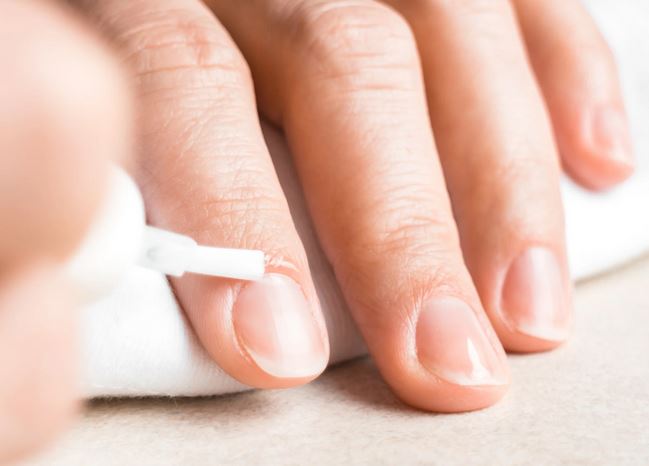 |
| How to Moisturize Nails |
 |
| Anti-Aging Skin Care Routine |
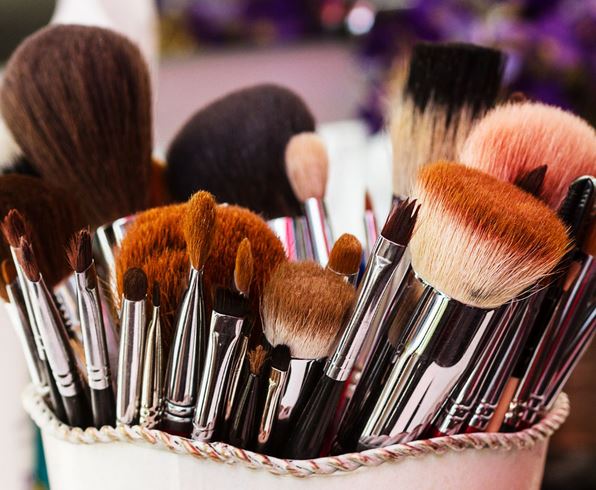 |
| 10 Must-Have Makeup Products for Beginners |
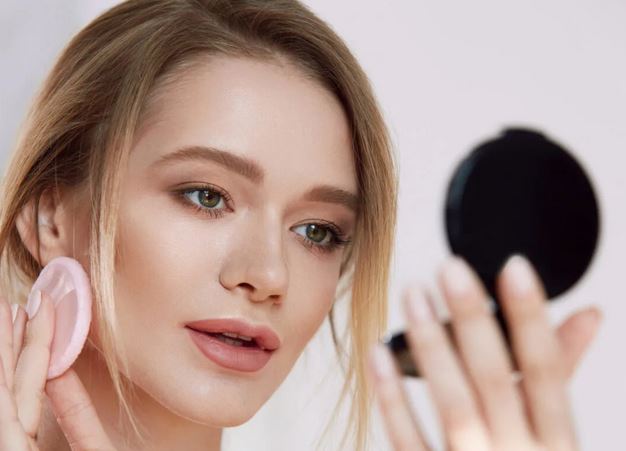 |
| Tips for Preventing Makeup Transfer |
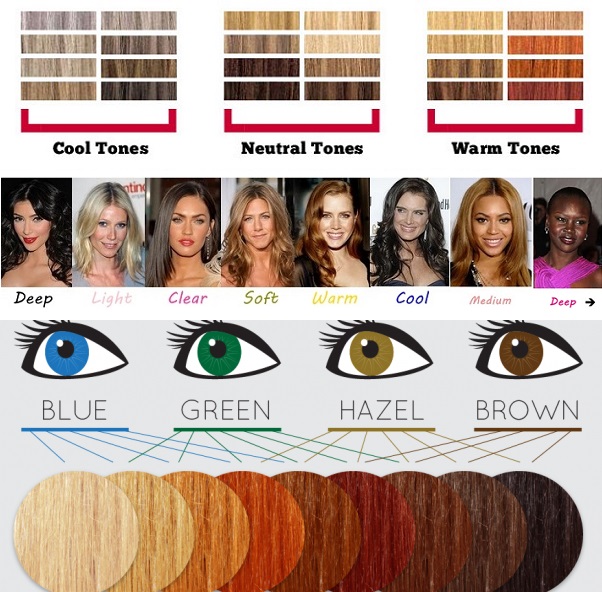 |
| Tips for Choosing the Right Hair Color for Your Skin Tone |
 |
| 10 Foods That Promote Hair Growth and Scalp Health |
 |
| Natural Remedies for Dry and Damaged Hair |
 |
| Achieving a Dewy Makeup Look: Tips and Tricks |
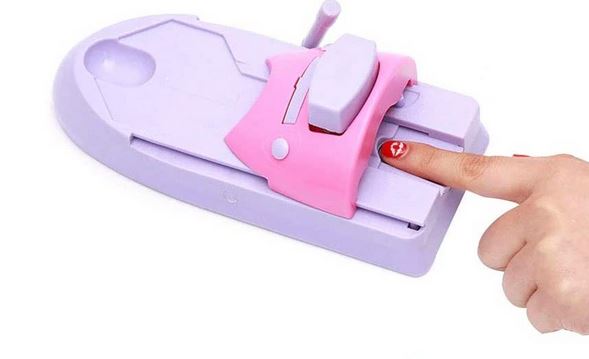 |
| How to choose Nail Art Printers |
